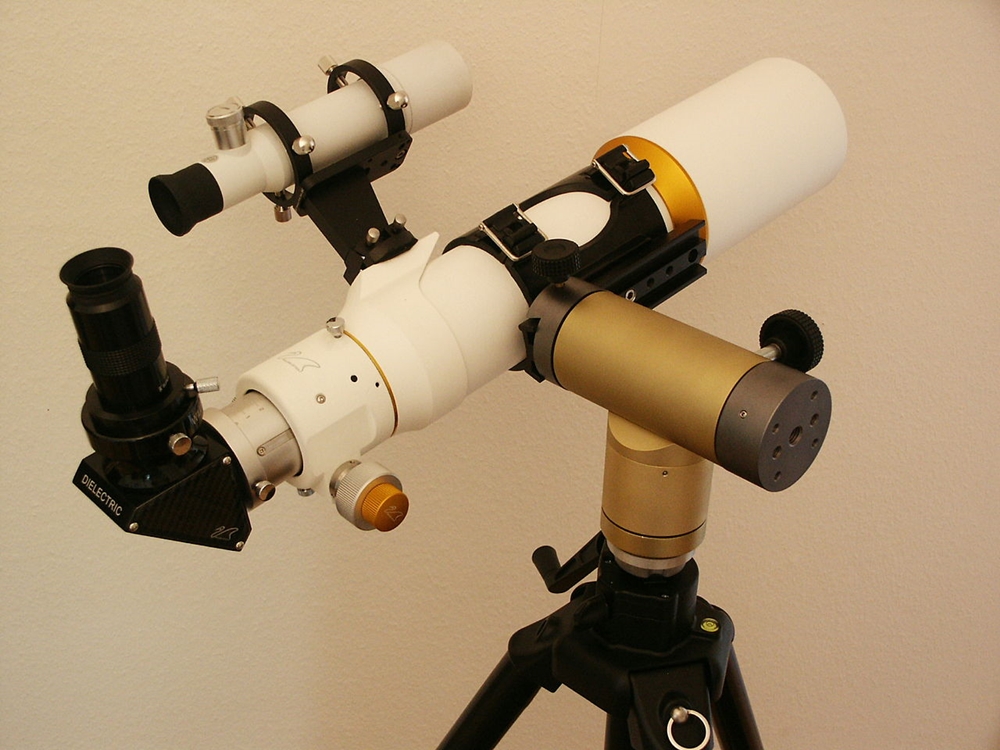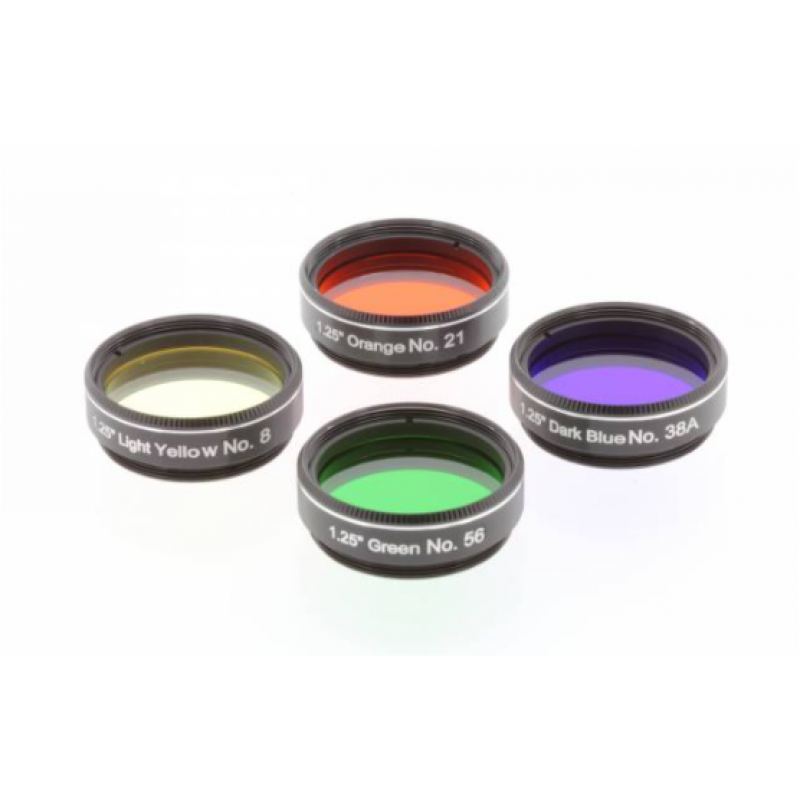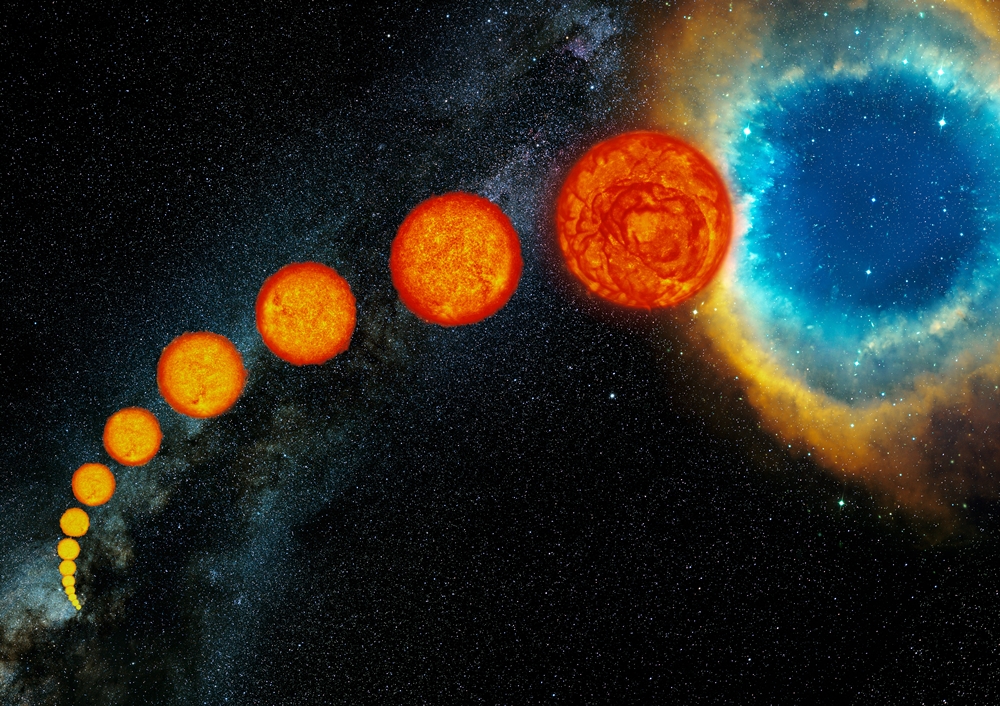Introduction
A telescope can unveil pieces of the sky that cannot be seen with our bare eyes. So why use filters? Because there is always something more than meets the eye, or in this case, the telescope lens. Using filters is definitely worth the experience and once you see how the view is improved, you will not want to go back.
A telescope’s purpose is to collect as much light as possible, and filters stand in their way by losing some light but still offer a trade of a lifetime – observing something new and in greater detail. Let us rewind a bit, take one step at a time, and begin with the basics.
Telescopes in General
In simple terms, a telescope is a device used to observe faraway targets. According to Wikipedia, “it is an optical instrument using lenses, curved mirrors, or a combination of both to observe distant objects, or various devices used to observe distant objects by their emission, absorption, or reflection of electromagnetic radiation.”

A telescope is a tool designed for the observation of faraway targets. A telescope uses lenses and mirrors with the purpose of collecting light and bringing said light into focus, therefore creating an image available that can be observed, photographed, and studied. Telescopes can be used for astronomy or photography – any given circumstance that needs to bring distant objects closer to us.
Two of the most popular telescopes used today are the reflector telescope and the refractor telescope. Refractor scopes use objective lenses placed at the end of a tube, along with eyepieces that can be adjusted. Reflector scopes have mirrors recessed inward, away from the incident light, which gathers the light from the target and focuses it into the eyepiece. The refractor telescope is more suitable for observing the planets and the moon and the reflector telescope for deep-sky objects, such as galaxies.
Filters in General
Filters should be an important part of any astronomer’s equipment. Not only do they help the observer to see in more detail, but they also improve the view. There are so many options on the market, one might not even know where and how to begin searching. You can start here: for deep sky astrophotography, the choice of filter depends on the objects you wish to photograph, as different celestial objects are best captured through different filters.

As for galaxies, one should use a filter that can let in a broad part of the spectrum or no filter at all. If you are having problems with light pollution, you need a filter to block this, or perhaps move to a darker location. For emission nebulae, broad bandpass filters can be used, but perhaps a wiser choice would be narrowband filters. Those can separate the nebulae from the background and emit light pollution and the same time. Then we have Moon and Sun filters because you should never look at the Sun directly, and others which we will mention below.
Telescope Filters
-
Multi-Bandpass Filters: For taking pictures of nebulae with full-spectrum colour cameras
-
Narrowband Filters: For taking pictures of nebulae with monochrome cameras
-
Light Pollution Filters: For taking pictures of light-polluted celestial objects with colour cameras
-
Solar Filters: Specially devised for observation or taking pictures of the Sun

Lunt LS60FHa H-alpha double-stack Solar Filter (Source: Lunt)
-
Planetary Filters: For seizing hidden details of planets
-
Visual Filters: For overall improvement when observing through a telescope
Conclusion
Today, an excessive amount of optical filters are available, for whatever purpose your heart desires. Whether it is for photography or video or even astronomy purposes – you name it, a filter for it surely exists. But in each case, a filter serves a certain purpose, that is to prevent specific light frequencies to pass through, and to allow others in. Telescope filters enhance details and better the contrast by eliminating certain colours, or wavelengths of light. In the case of astronomy, the #nofilter is not such a positive thing.





